The Coplin jar, sometimes referred to as a Coplin staining jar, is a laboratory tool used in histology and pathology for staining slides. Here’s some information about the Coplin jar:
1. **Purpose**: The Coplin jar is used to hold and immerse multiple microscope slides simultaneously during staining procedures. It allows for uniform staining of tissue samples mounted on the slides.
2. **Design**: A typical Coplin jar is a rectangular or cylindrical container made of glass or plastic. It has multiple slots or compartments along its inner walls, allowing several slides to be positioned vertically for staining. The jar usually comes with a lid to prevent evaporation of staining solutions and to minimize exposure to fumes.
3. **Capacity**: The capacity of a Coplin jar varies depending on its size and design. It can typically hold several slides, ranging from a few to several dozen, depending on the number of compartments and the size of the slides.
4. **Staining Procedure**: During staining, the slides are placed vertically in the slots of the Coplin jar, with tissue samples facing inward. The jar is then filled with the staining solution, such as hematoxylin or eosin, until the slides are fully immersed. The slides are left in the staining solution for a specified period to allow the tissue samples to absorb the dye.
5. **Versatility**: While primarily used for routine staining procedures in histology and pathology, Coplin jars can also be used for other laboratory applications, such as deparaffinization, hydration, and clearing steps in tissue processing.
The Coplin jar is an essential tool in the histology laboratory, facilitating the staining of multiple slides simultaneously and ensuring consistent staining results. Its simple yet effective design makes it a valuable asset for histotechnologists and pathologists involved in tissue analysis and diagnosis.
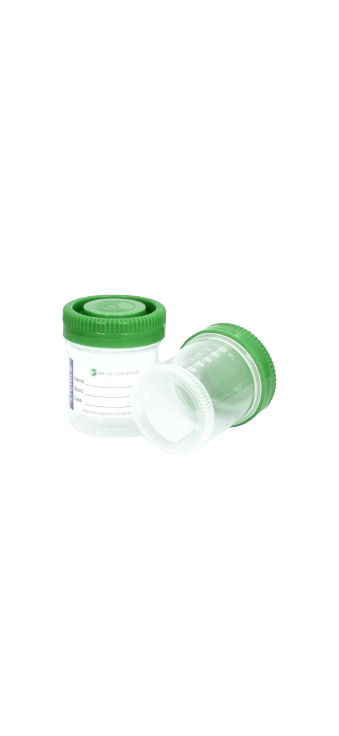


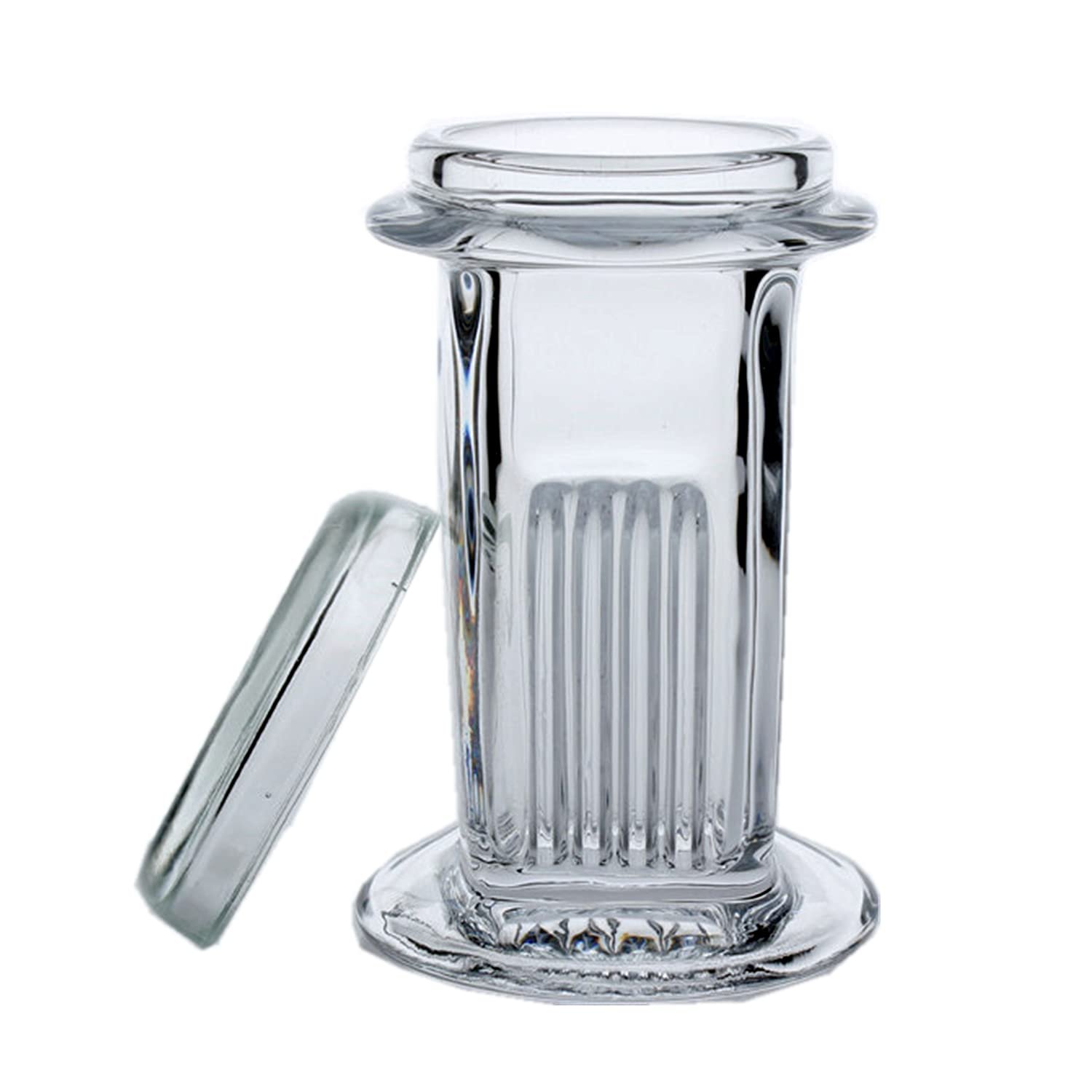
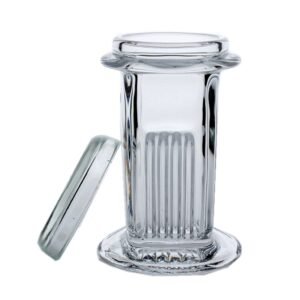


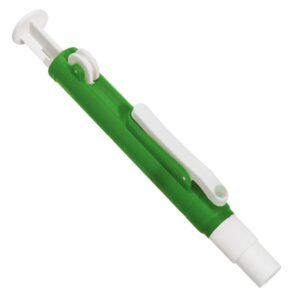
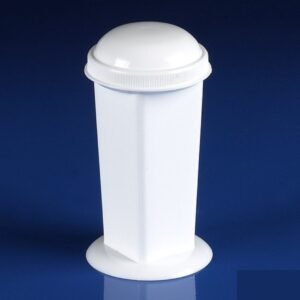
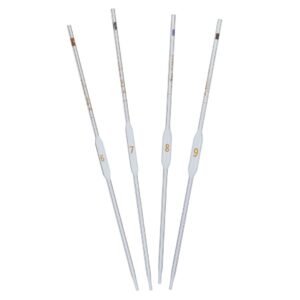


Reviews
There are no reviews yet.